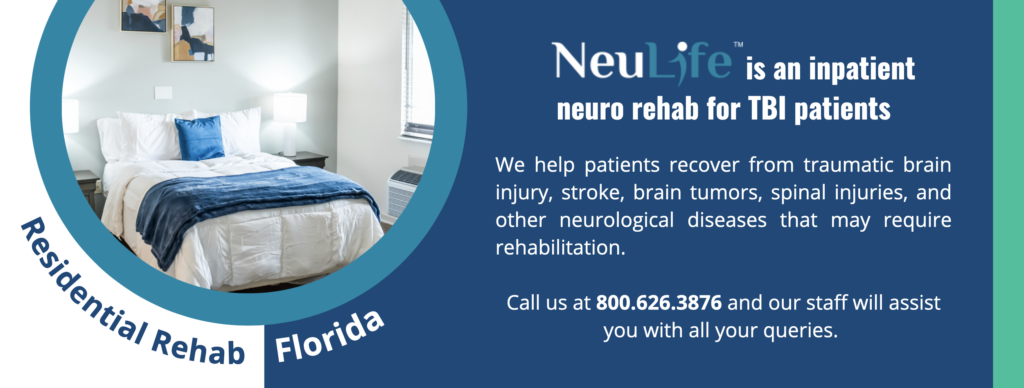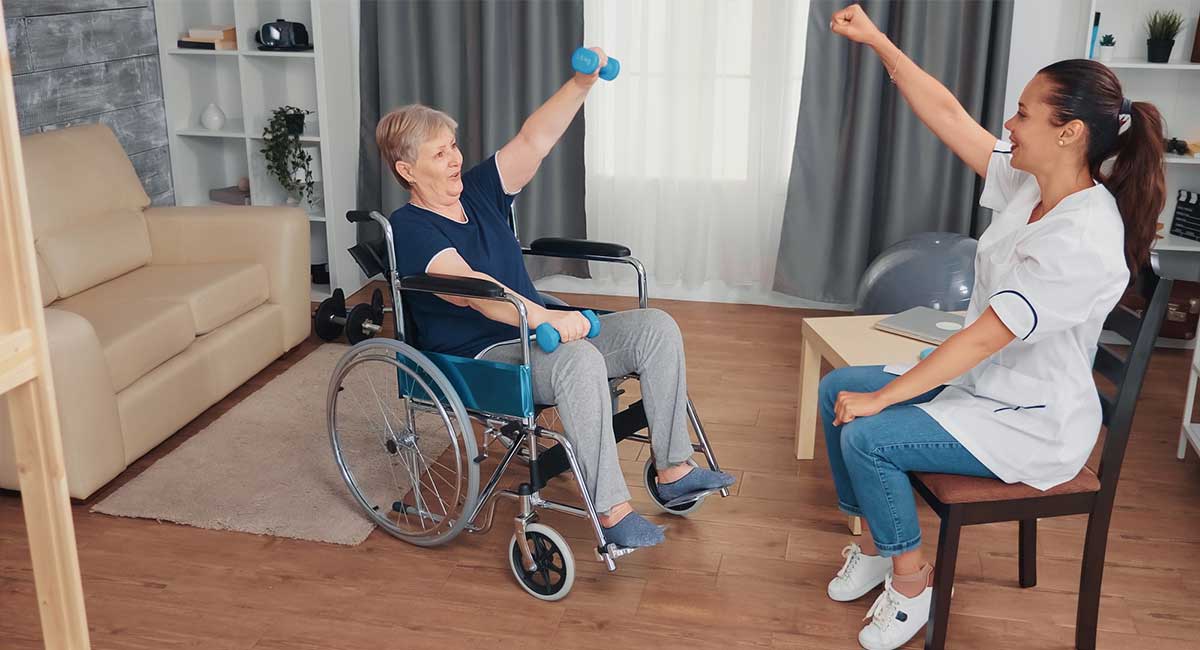About Narconon Africa
About Narconon Africa
Blog Article
The smart Trick of Narconon Africa That Nobody is Talking About
Table of ContentsWhat Does Narconon Africa Do?The 10-Second Trick For Narconon AfricaNot known Incorrect Statements About Narconon Africa Narconon Africa Things To Know Before You Get ThisGetting My Narconon Africa To WorkThe 10-Second Trick For Narconon AfricaExcitement About Narconon Africa
In a collection of papers with Manudeep Bhuller and Katrine V. Lken, we get rid of these data difficulties and the nonrandomness of imprisonment, providing new insights into how imprisonment affects relapse, work, kids, and criminal networks - Substance abuse recovery. Figure 1 Our job studies the results of imprisonment in Norway, a setup with two crucial advantagesWe can further connect this details to various other member of the family, including youngsters and siblings. Additionally, we have info on co-offending that permits us to draw up criminal networks for observed criminal offenses. Second, we can utilize the random task of criminal situations to judges that differ in their tendencies to send out accuseds to prison.
Some judges send out defendants to prison at a high price, while others are more lax. We determine a court's stringency as the typical imprisonment rate for all other situations a judge manages, after managing for court and year set results, which is the degree of random assignment. This quasi-random task of court stringency can be made use of as an instrument for incarceration, as it highly predicts the judge's choice in the present instance, yet is uncorrelated with various other situation features both by style and empirically.
A Biased View of Narconon Africa
Qualities of prisoners, consisting of demographics and crime groups, are extensively comparable in Norway and other countries, consisting of the United States, with the exemptions that the US murder rate is much higher, and race plays a larger duty there. What attracts attention as different, particularly compared to the USA, is the prison system.
Figure 2In Norway, the average time invested in jail is a little over six months, which is comparable to most various other Western European countries. This contrasts with average US prison time of practically 3 years, which is in big component the reason the USA is an outlier in its incarceration price compared to the remainder of the world [Number 1]
The Best Guide To Narconon Africa
This provides far more separation between small and solidified lawbreakers than exists in the USA. There is no overcrowding in Norwegian jails and far better personal security, with each prisoner being assigned to their own cell and a higher inmate-to-staff ratio than in the United States (https://fliphtml5.com/dashboard/public-profile/ssxbu?lang=en). Jails in Norway also supply well-funded education and learning, drug therapy, mental health, and work training programs
Our research study on the effects of incarceration on the wrongdoer, using the arbitrary assignment of courts as a tool, returns 3 crucial searchings for. Initially, imprisonment prevents additionally criminal behavior. We discover that imprisonment decreases the probability that an individual will certainly reoffend within five years by 27 portion points and reduces the corresponding number of criminal fees per individual by 10 charges.
All about Narconon Africa
We locate large decreases in reoffending probabilities and collective billed criminal activities even after defendants are launched from jail. Our second outcome is that bias due to option on unobservable individual attributes, if ignored, brings about the incorrect final thought that time invested in prison is criminogenic. If we merely contrast criminal accuseds sentenced versus those not imprisoned, we locate favorable organizations in between imprisonment and subsequent criminal activity.
This stands in comparison to our evaluation based on the random assignment of judges, which finds an opposite-signed outcome. Third, the reduction in criminal offense is driven by people who were not functioning before incarceration. Among these individuals, imprisonment enhances involvement in programs directed at boosting employability and reducing relapse, and this ultimately increases work and earnings while inhibiting criminal behavior.

Jail time creates a 34 percentage factor increase in participation in job training programs for the formerly nonemployed, and within 5 years their employment price rises by 40 percentage factors. At the exact same time, the chance of reoffending within 5 years is cut by 46 portion points, and there is a decline of 22 in the ordinary variety of criminal charges.
More About Narconon Africa

A possible explanation for the distinction is that Norway's jail system differs markedly, both in terms of prison-term length and jail conditions, from the United States jail system. While recognizing the impacts of imprisonment on the transgressor is a crucial very first step, capturing spillover impacts is additionally essential for evaluating criminal justice policy and designing efficient jail systems.
The 10-Minute Rule for Narconon Africa

Average the very least squares approximates disclose that children of incarcerated dads are 1 percentage point more probable to be charged with a criminal offense, relative to a mean of 13 percent, and reveal no impact on institution qualities. Using our court stringency instrument, we find no analytical evidence that a father's incarceration impacts a child's own criminal activity or institution grades, yet we are not able to dismiss modest-sized effects.
What Does Narconon Africa Do?
We specify criminal teams based on network web Addiction treatment South Africa links to prior criminal situations. Our analysis yields three primary findings. Initially, when a criminal network member is jailed, their peers' probability of being charged with a future crime decreases by 51 portion factors over the next 4 years. Likewise, having an older brother put behind bars minimizes the chance his more youthful bro will be charged with a criminal offense by 32 percent factors over the following four years.
Report this page